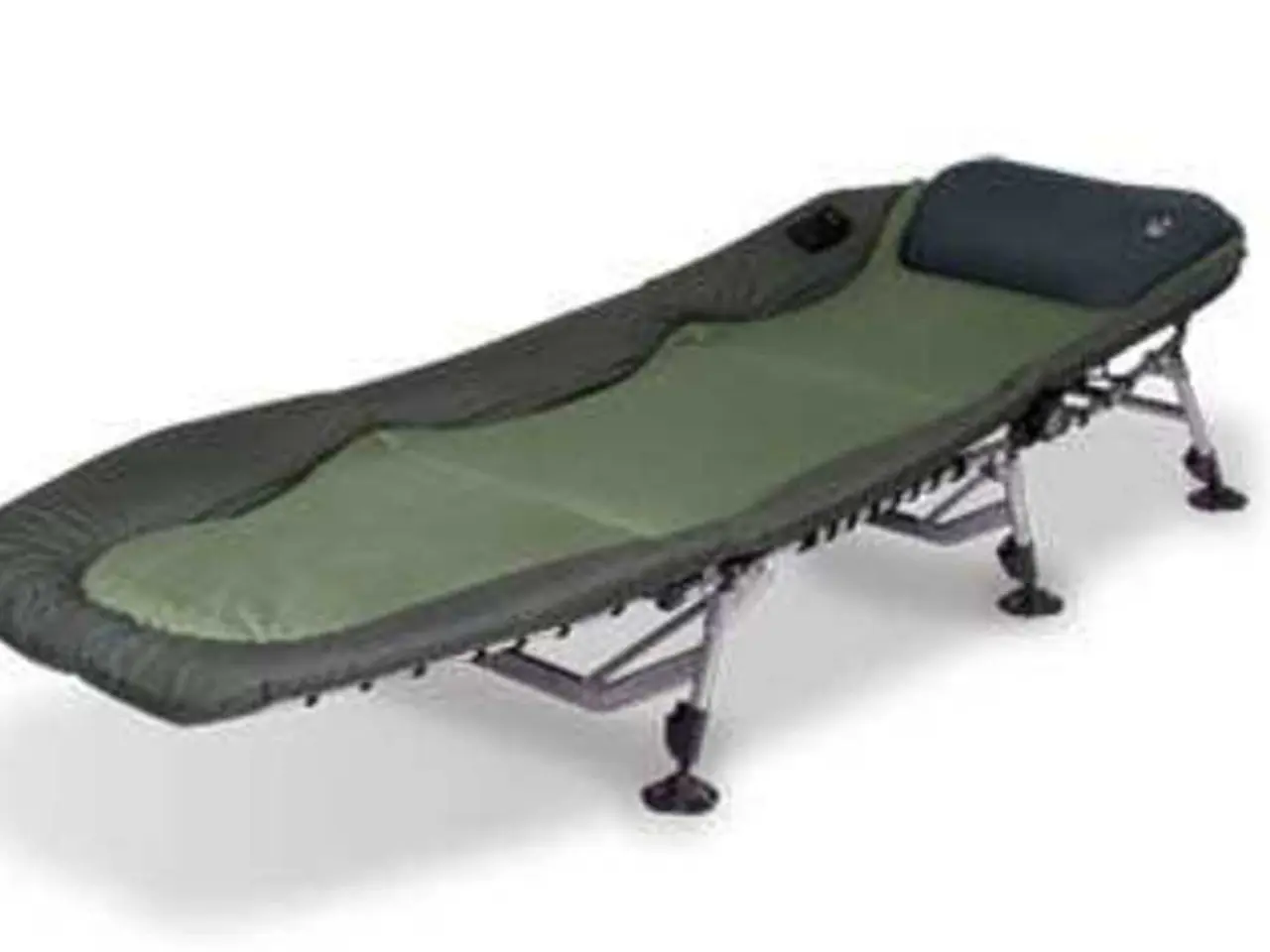Knee Burse: Classifications, Problems, Symptoms, and Additional Info
Knee bursitis, while not usually a serious condition, can cause discomfort and restrict movement. This article aims to provide a comprehensive overview of the common bursae in the knee, their functions, and ways to prevent knee bursitis.
The Role of Bursae in the Knee
Bursae in the knee are fluid-filled sacs that serve as cushions, reducing friction and protecting soft tissues during knee joint motion. There are several bursae around the knee, with the most commonly discussed being the prepatellar, superficial infrapatellar, deep infrapatellar, suprapatellar, and Pes anserine bursae.
Prepatellar Bursa
Located in front of the kneecap (patella), the prepatellar bursa cushions between the patella and the overlying skin. Its inflammation, known as prepatellar bursitis or "housemaid's knee," can cause pain, swelling, and restricted motion.
Superficial Infrapatellar Bursa
Situated between the tibial tubercle and the overlying skin, the superficial infrapatellar bursa cushions the area below the kneecap and skin. Its inflammation is called superficial infrapatellar bursitis or "clergyman's knee."
Deep Infrapatellar Bursa
Found between the posterior aspect of the patellar tendon and the tibia, the deep infrapatellar bursa cushions the patellar tendon from the bone. Its inflammation can manifest as a fluid collection behind the patellar tendon and needs to be differentiated from conditions like Osgood–Schlatter disease.
Causes and Prevention of Knee Bursitis
Bursitis in the knee can be caused by prolonged pressure, repetitive motion, trauma, infection, or autoimmune conditions such as rheumatoid arthritis, osteoarthritis, gout, scleroderma, and systemic lupus erythematosus.
To prevent knee bursitis, it's essential to maintain good knee health through stretching and strengthening exercises for the thighs (quadriceps and hamstrings). Changing shoes every 3 months, wearing properly fitting shoes with good arch support, and avoiding movements that can worsen the condition, such as running downhill, can also help.
Avoiding activities that cause irritation, proper ergonomics, and identifying triggers are crucial in preventing knee bursitis. Improper training, such as forgetting to stretch, a sudden increase in workout intensity, or excessive uphill running, can also contribute to its development.
Postural issues like out-toeing (duckfooted) and genu valgum (knock knees) can lead to knee bursitis. People with diabetes have an increased risk of developing bursitis.
Symptoms and Treatment
Acute bursitis may cause dull pain and tenderness in the affected area, while chronic bursitis may cause no pain. Septic bursitis, an infection of the bursa, can lead to complications such as osteomyelitis, weakness or rupture of overlying ligaments and tendons, and sepsis.
A person may take over-the-counter pain medicines to relieve pain from bursitis. Cortical injections may provide symptomatic relief for the inflammation of deeper bursae. Doctors may use ultrasound and MRI to confirm a diagnosis of deep bursa problems.
In conclusion, knee bursitis is a common condition that can be managed with proper knowledge of its causes, symptoms, and prevention methods. By understanding the role of bursae in the knee and taking steps to maintain good knee health, you can help prevent knee bursitis and maintain a pain-free, active lifestyle.
- Maintaining good health for the knees involves regular physical activities like stretching and strengthening exercises for the thighs (quadriceps and hamstrings), which can help prevent knee bursitis.
- Proper management of chronic diseases such as diabetes, rheumatoid arthritis, osteoarthritis, gout, scleroderma, and systemic lupus erythematosus, can also help reduce the risk of knee bursitis.
- Adopting good health and wellness practices, including skin care, nutrition, and mental health, may play a role in preventing knee bursitis by improving overall health and immune function.
- Regular fitness and exercise can help maintain a healthy weight and reduce the pressure on the knee joints, potentially preventing conditions like knee bursitis.
- Changing shoes every 3 months, wearing shoes with good arch support, and avoiding movements that can worsen knee bursitis (like running downhill), can significantly lower the chances of developing the condition.




